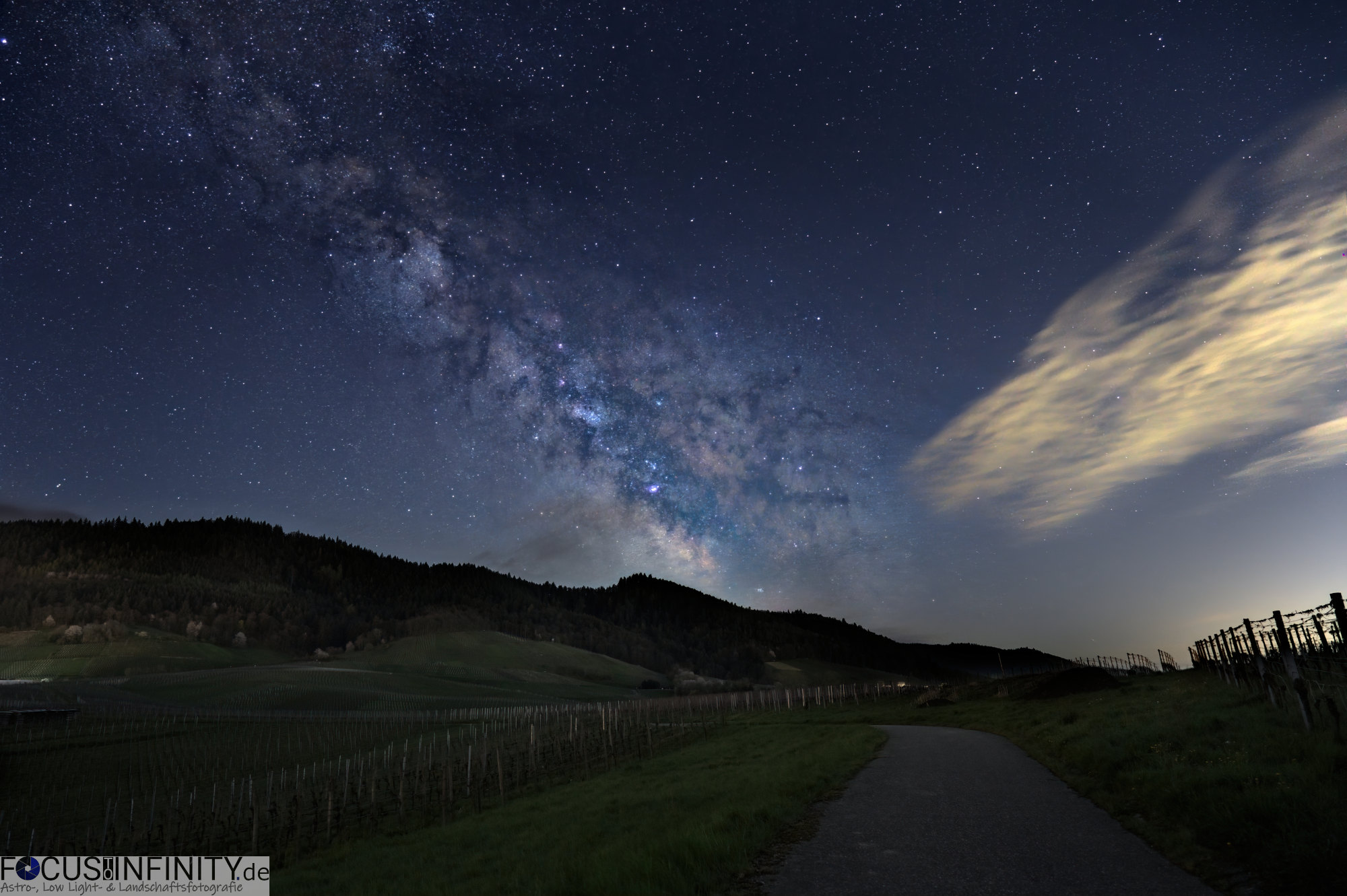
#Photo focus stacking software
A photo editing software with focus stacking and/or layer masking options.
#Photo focus stacking manual
A camera with manual mode (or aperture priority, to hone in on your lens’s sweet spot).To get superb focus stacked images, you need the following things: You can focus stack only certain portions of an image to maintain sharpness throughout your subject in a shallow depth of field while preserving the beautiful blurred backgrounds and bokeh that come from wide apertures and separation between subject and background.

Selective Focus Stackingįocus stacking isn’t just for images that require corner to corner sharpness. Focus stacking of a sort is used to get all those microscopic elements sharp in one image, which makes study and demonstration a lot easier. Let’s not get sidetracked here, but it is worth mentioning that microscopes work with lenses, so depth of field is still a major factor. It’s especially important to have accurate focus in product photography, so focus stacking can help you get every aspect of a product in focus, even if you’re having to compromise on your aperture setting. You may find it easiest to use your body to move forward, rather than your focus ring, to get snaps of every point of focus you want for a macro focus stack. It’s painfully easy to lose your point of focus, especially with a moving target (think insects). Macro photography combines two things that don’t really go together: an extremely shallow depth of field and the need for absolute stillness. So, it may be better to get several shots at an aperture of, say, f/5.8, then focus stack them. You would think the aperture setting that provides the widest depth of field would just make sense, right? Except a “perfect” focus at an aperture of f/22, for example, could result in lens diffraction that softens that focus. In a landscape situation, you’re often trying to cover a lot of ground with one aperture setting. You don’t need an excuse to use focus stacking, but there are a lot of situations where it certainly makes sense. When you know your lens’s sweet spot, you can focus stack multiple images of that super-sharp focus level at different points in the composition and harness it throughout the final photo. For most lenses, this means 2-3 stops from wide open. This is why it’s important to know your lens’s “sweet spot” – the setting that results in its sharpest possible point of focus.


#Photo focus stacking how to
Not sold yet? Keep reading to find out how to easily fit this technique into your workflow, from shooting to editing to wowing your viewers in just a few steps. It’s the best way to get the sharpest point of focus possible from top to bottom, corner to corner.If you’re already using a tripod and remote shutter release, it won’t change much about your shooting routine.Focus stacking is easy to learn if you’re already familiar with manual mode and basic photo editing.Ever wish you could extend the focal range on your macro lens? Desperately seeking tack-sharp images in spite of the pesky diffraction that happens when you hit f/16 or so? You’re going to love focus stacking.


 0 kommentar(er)
0 kommentar(er)
